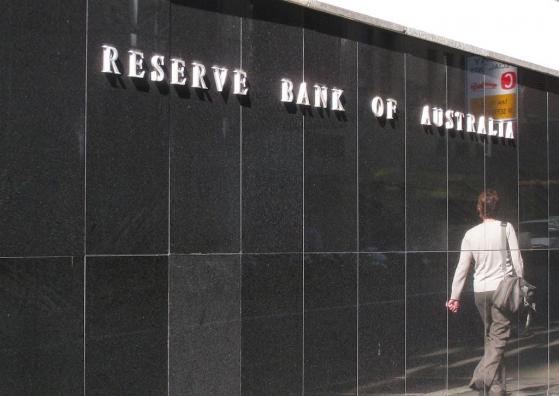
Australian Dollar: RBA Comes in Hawkish
PoundSterlingLIVE – The Reserve Bank of Australia is not yet ready to allow Australian financial conditions to relax as it maintains a vigilance against inflation that includes a threat to raise interest rates again.
These are the takeaways from the minutes taken at the , where the central bank left interest rates unchanged but opted to keep guidance referencing the potential for further interest rate rises.
“The minutes were slightly hawkish and maintained the RBA’s tightening bias. We still expect the RBA will retain a tightening bias but keep rates at 4.35% before its first cut, likely in November 2024,” says Blair Chapman, an economist at ANZ Bank.
Such an outcome would mean the RBA is one of the last of the central banks to start an interest rate cutting cycle, which would offer the Australian Dollar support via the relative interest rate channel.
Given this channel is the most important driver of global FX at present, it can imply some degree of outperformance for the (the major caveat here is China’s economic performance must improve too).
Following the minutes, Commonwealth Bank of Australia says it remains comfortable with a call for an easing cycle to commence in September.
A September interest rate cut would mean the market would need to reprice interest rate expectations in a ‘hawkish’ direction, as investors currently see a 75% chance of a first rate cut in June. A November rate cut would imply an even bigger repricing ahead.
The bottom line is that any hawkish repricing would boost Australian Dollar value, all else being equal.
The minutes indicated that the central bank still remains inclined towards hiking further as it is not sufficiently confident that inflation is on track to return to its target range within the next couple of years.
“Members still considered the option of raising the cash rate by 25 bps with inflation still well above target. Especially as service prices inflation remains high,” says Mathias Van der Jeugt, an analyst at KBC Markets.
The RBA opted to forgo another rate hike in February as it believed the risk of inflation not returning to the Board’s target within a reasonable timeframe had eased.
The RBA’s projections show inflation is expected to take a further two years or so to return towards the midpoint of the target range under the central forecast.
Nevertheless, the RBA staff still sees aggregate demand above the economy’s supply potential, which is a fundamentally inflationary economic setup.
Members noted that an increase in the cash rate target now could slow the growth of demand further and reduce the risk of inflation not returning to the target in an acceptable timeframe.
“Members agreed that it was important for the Board’s public statement to make clear that inflation had moderated but was still high, and that it was not yet possible to rule in or out further increases in interest rates,” read the minutes.
An original version of this article can be viewed at Pound Sterling Live






